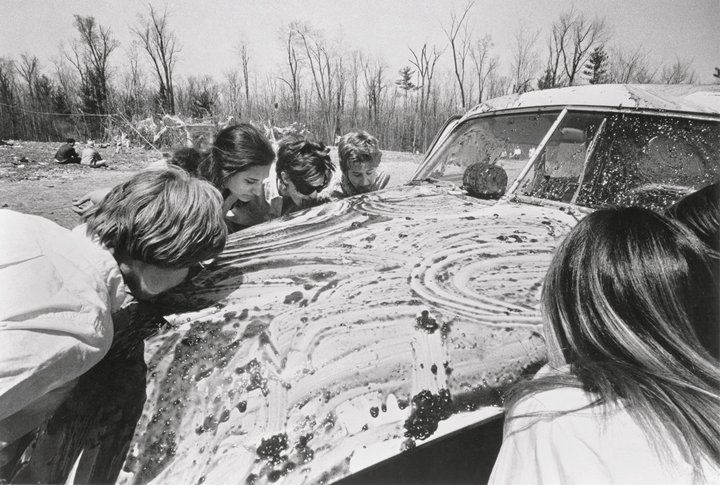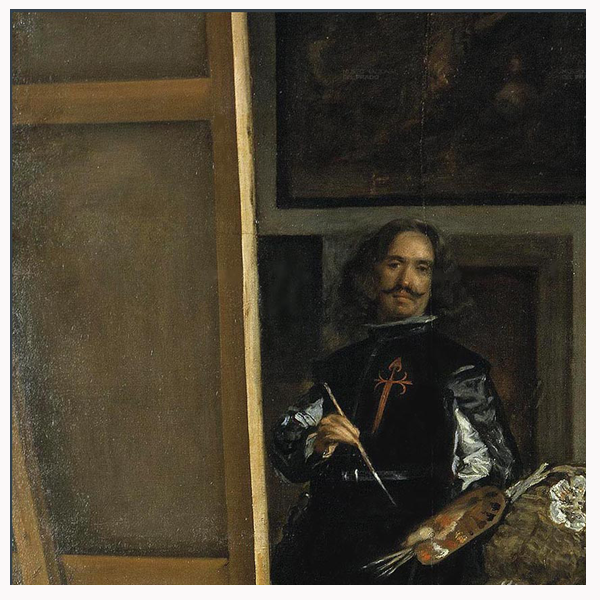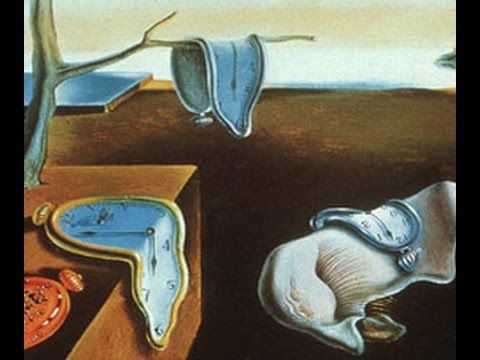What is hyperrealism?
By
Lilian M
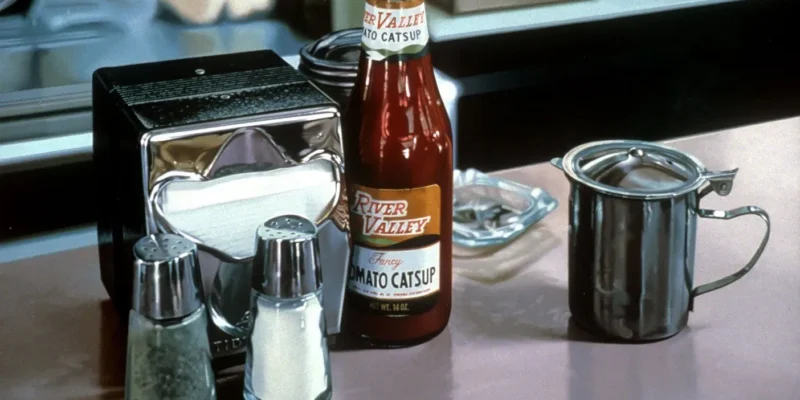
Contents
It happened in 1966, at the Guggenheim Museum in New York City.
A group of artists, sculptors and painters, publicly presented under the title The Photographic Images, the exhibition was announced with the eloquent words: «Attention, there is no camera«.
And it is that they were somewhat obsessed with offering a reproduction literally identical to reality. And they got it.
Hyper-realistic, super-realistic, photorealistic, precisionist or new-realistic
Hyperrealists were also called superrealists, photorealists, precisionists, or new-realists.
Denominations that came to have a single meaning.
We can find antecedents of hyperrealism in examples such as the image that we can see above, of Harnett, an American of Irish origin who already stood out in 1890 for his works of still lifes or this work “The Faithful Colt” where he demonstrates all his skill.
From the previously reviewed exhibition, others followed one another throughout the United States and in later years until reaching the 1970s.
Hyperrealism arrives in Europe
Moment in which hyperrealism arrives in Europe. It came to the old continent as one of the latest avant-garde innovations.
Although hyperrealism has remained as a successor to Pop Art, due to its interest in popular culture and in a large number of aspects of the consumer society.
The movement and the form of artistic expression caused a sensation.
This is attested to by a review in Life magazine, from April 1970, in which it was pointed out that in the exhibitions of the Whitney Museum in New York, the guards checked the rooms several times to verify that no visitor remained because “the portraits were so real that visitors were confused with them.
The precursors of hyperrealism
There are many names that orbited at the beginning of this movement that have never been considered as unitary.
A. Flack, H. Kanovitz, M. Morley, R. Goings (two of his works can be seen at the bottom), D. Parrish, R Cottingham, R. Estes or Ch Close, to name a few. some of the most prominent
As noted, hyperrealism was not a movement unequivocally followed by all artists.
Currents or trends of photographic hyperrealism
Two currents or trends stood out: one close to photographic realism of pop origin; and another closer to traditional and academic pictorial art inspired by great painters such as Correggio, Velazquez or Vermeer.
Although they denied being photographers, there is no doubt that photography had a decisive influence on the hyperrealist conception.
«My Nikon becomes an extension of my own eyes. Thanks to its optical possibilities, it sees things that I can’t see”, pointed out A. Flack.
The real magic
Magical Realism was how the Spanish painters who practiced (practice) this artistic form were known.
Names like Antonio López, Isabel Quintanilla, Francisco and Julio López Hernandez, who also became known to the general public at the beginning of the 1970s.
Ralph Going’s hyperrealism
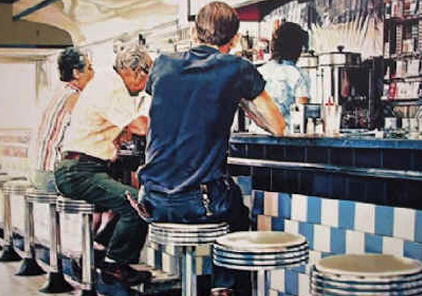
Ralph Going’s hyperrealism
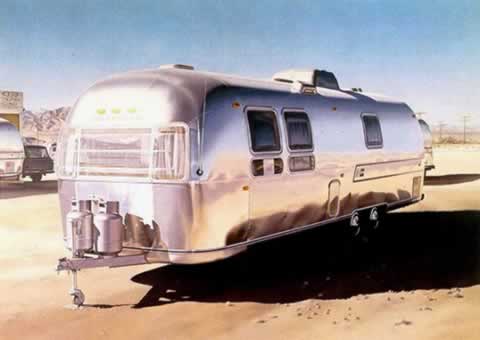
Ralph Going’s hyperrealism
Ralph Goings. Airstream. 1970. Aachen. Neue Gallerie der Stadt. Goings’ painting, in which he uses the airbrush, exposes the urban landscape and the stations and highways of California.
Hyperrealistic art, which shows what happens in gas stations, cafeterias and shops located at the foot of the road.
https://www.actuallynotes.net/happening-as-an-artistic-trend/
Summary
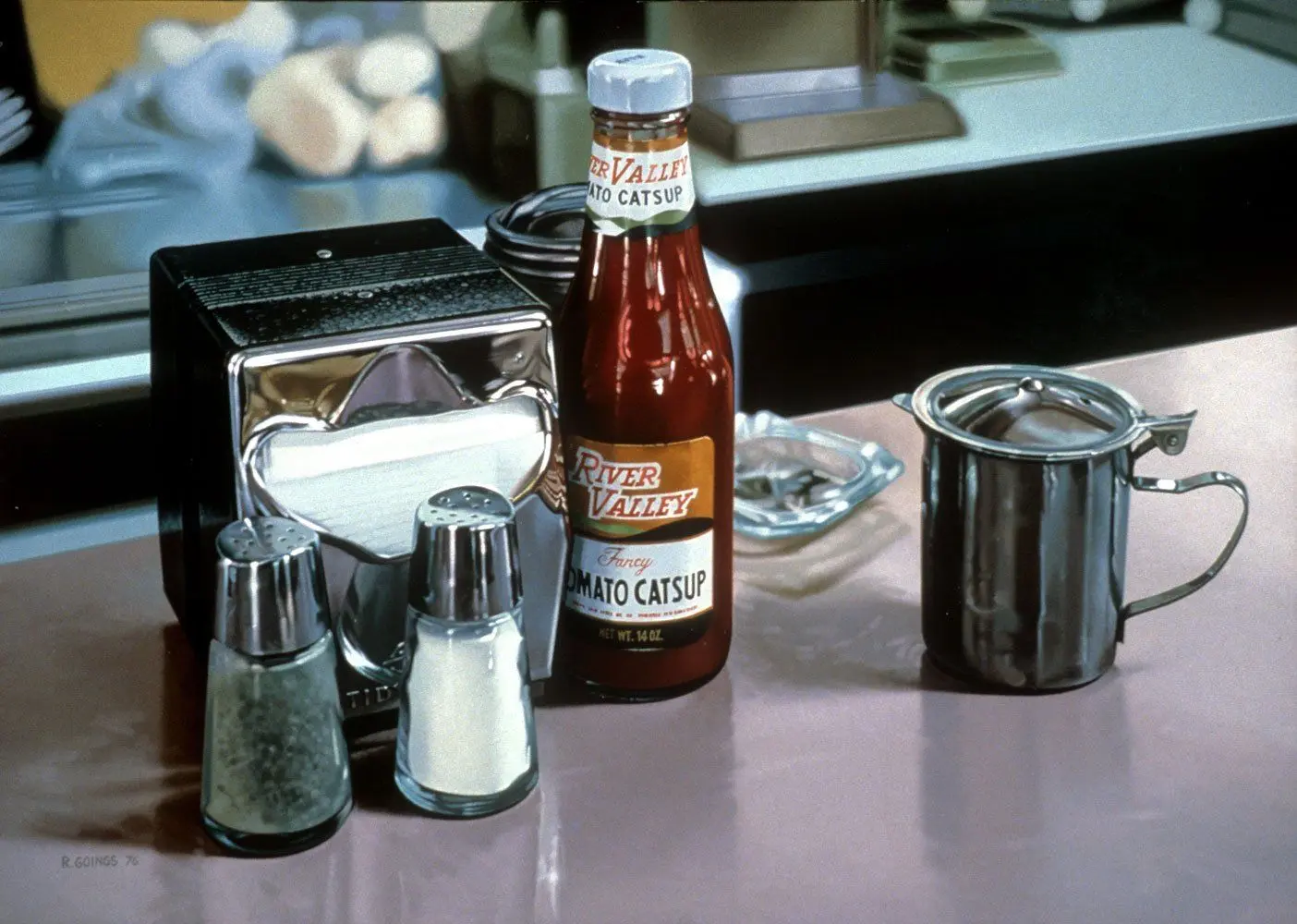
Article Name
what is hyperrealism?
Description
Do you know what hyperrealism is as an artistic movement? And what is Magical Realism. Currents/trends Photographic hyperrealism. Ralph Going
Author
Lilian M Montesinos
Publisher Name
Actually Notes Magazine
Publisher Logo

Journalism student. Publishing in digital media since 2015. I am passionate about writing and I take my work very seriously: I consult sources, I seek impartiality and objectivity as a good professional.

